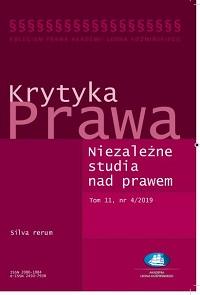AuthorsAndrzej Chmiel
Wyświetleń3422 Pobrań1142
|
AuthorsMaciej Jońca
|
AuthorsWojciech Kosior
|
AuthorsMarek Kuryłowicz
|
AuthorsIga Małobędzka
Wyświetleń3497 Pobrań1155
|
AuthorsVolodymyr Nesterovych
Wyświetleń3934 Pobrań1336
|
AuthorsFrantišek Novák
|
AuthorsMałgorzata Skórzewska-Amberg
|
AuthorsRenata Świrgoń-Skok
Wyświetleń4245 Pobrań1349
|
AuthorsBartosz Zalewski
Wyświetleń3047 Pobrań1179
|




